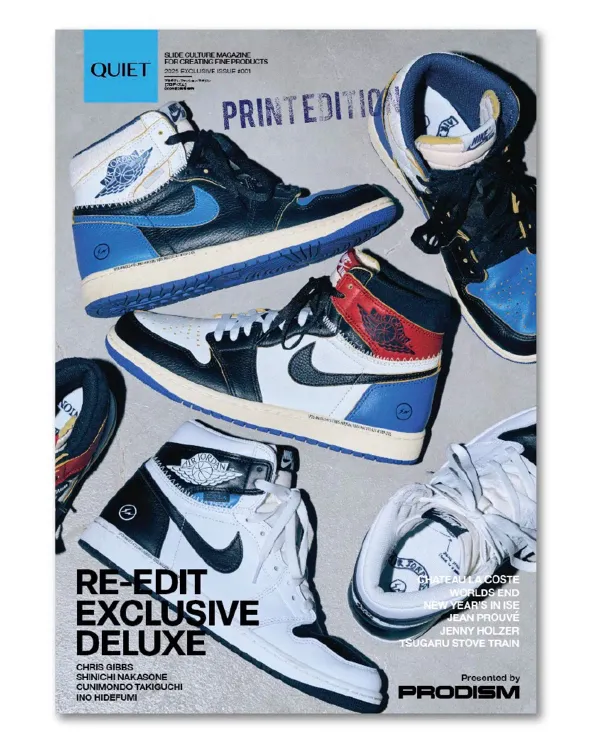ESPN Faces $200 Million Trade Secrets Lawsuit Over Sports Discovery Technology

Key Takeaways
- SportsBubble, founded by Olympic athlete-turned-media executive Lydia Murphy-Stephans, is suing ESPN and Disney for allegedly stealing proprietary technology to create their "Where to Watch" feature.
- The $200 million lawsuit claims ESPN feigned partnership interest to gain access to WatchSports' confidential trade secrets under a non-disclosure agreement. Murphy-Stephans alleges that after months of negotiations, ESPN announced its competing product, causing a key investor to withdraw and valuing SportsBubble at $25 million to collapse.
- This case highlights growing risks as media and tech companies increasingly share proprietary information during partnership discussions in the evolving streaming landscape.
The Business of Sports Discovery
The fragmentation of sports media rights across multiple streaming platforms has created a genuine consumer pain point that represents a significant business opportunity. As SportsBubble points out, reliance on streaming can lead to a more fragmented experience for consumers who sometimes struggle to find where they can watch a game. Murphy-Stephans, with her impressive credentials as president of Pac-12 Networks and executive roles at MSG Networks and ABC Sports, recognized this market gap early.
WatchSports, launched in 2021, operates as a "first-of-its-kind" software that helps users locate and directly connect to sports content across platforms, generating revenue through referral fees from affiliate marketing partners. ESPN launched its competing "Where to Watch" feature in August 2024, which SportsBubble claims is essentially identical to the technology that was shared during partnership negotiations.
This lawsuit underscores the challenges entrepreneurs face in the sports technology space, where established media giants possess both the resources and market position to replicate innovative solutions potentially. For business leaders in sports and media, it serves as a cautionary tale about protecting intellectual property while pursuing strategic partnerships with industry incumbents.





